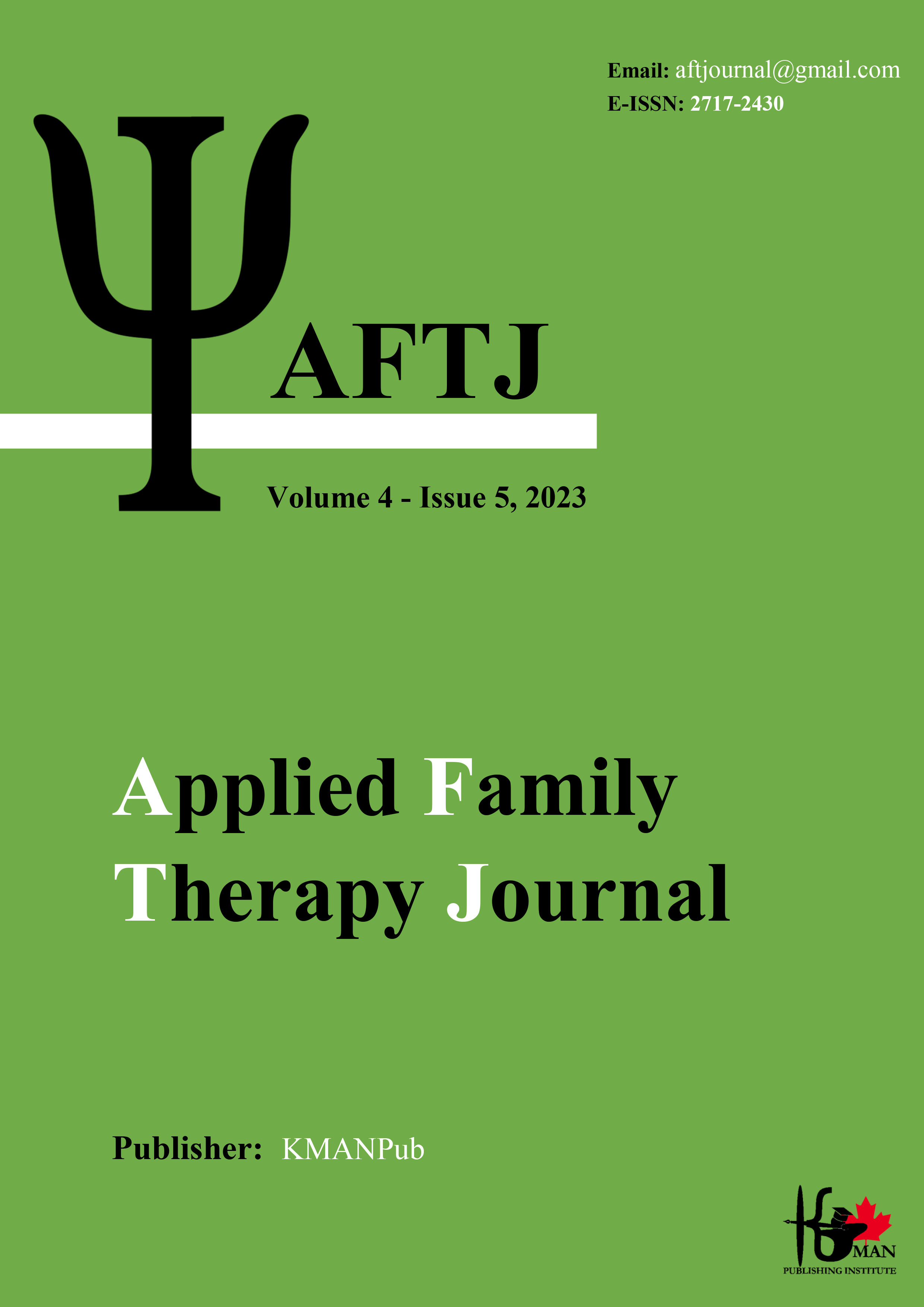Developing a model of attitude towards extramarital relationships based on attachment styles, emphasizing the mediating role of confrontational styles and marital intimacy
Keywords:
extramarital relationships, attachment styles, confrontational styles, marital intimacyAbstract
Aim: The purpose of this research was to develop a model of attitude towards extramarital relationships based on attachment styles, emphasizing the mediating role of confrontational styles and marital intimacy. Methods: The current research is a correlational and socio-statistical type, including all people with extramarital relationships or the attitude of ordinary people to refer to welfare, relief committee and counseling centers of Qom province in 2021. 320 people were selected as the research sample using available sampling method. The sample of the research is the attitude questionnaire towards extramarital relationships (Whatley, 2007), adult attachment styles (Collins & Reed, 1990), confrontational styles (Lazarus & Folkman, 1988) and marital intimacy questionnaire. (Walker & Thompson, 1983) were completed. The data were analyzed by Pearson's correlation test and the research model was analyzed by the partial least squares (PLS) structural equation modeling technique and SPSS 27 and Smart PLS 3 statistical software. Results: The results of the path analysis test showed that the research model has a good fit. Examining the mediation results showed that confrontational styles have a significant mediating role in the relationship between secure style, avoidant style and ambivalent style with attitudes towards extramarital relationships (p<0.05). The findings showed that the escape and avoidance strategy have a significant mediating role in the relationship between safe style and avoidant style with attitude towards extramarital relationships (p<0.05). The findings showed that positive reappraisal strategy has a significant mediating role in the relationship between safe style and ambivalent style, as well as ambivalent with attitude towards extramarital relationships (p<0.05). Also, the mediating role of marital intimacy variable in the relationship between safe, avoidant and ambivalent style was confirmed (p<0.05). Conclusion: It can be concluded that confrontational styles and intimacy play a mediating role in relation to attachment styles and attitudes towards extramarital relationships.
Downloads
Downloads
Published
Issue
Section
License

This work is licensed under a Creative Commons Attribution-NonCommercial 4.0 International License.





















